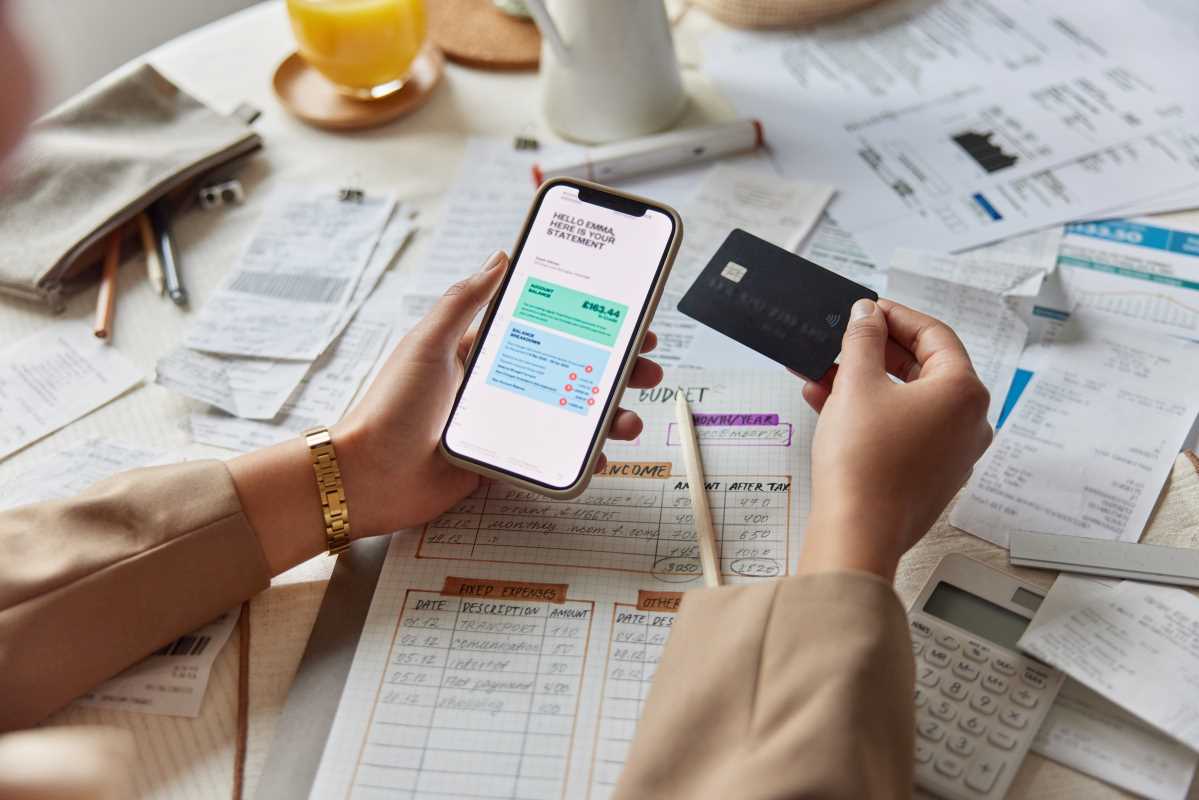Impulse purchases often feel like fleeting moments of spontaneity, but the forces driving them are anything but random. From emotional triggers to cognitive biases, the psychology of impulse buying reveals a deeper understanding of our behaviors as consumers. By unpacking these motivations, we can better recognize why we’re tempted to buy things we didn’t plan for — and learn strategies to make more intentional choices.
Instant Gratification and the Power of Feelings
At the heart of impulse buying is emotion. Whether you’re stressed, elated, or simply bored, your emotional state heavily influences your purchasing behavior.
Why Emotions Drive Impulse Purchases:
- Stress Relief: Shopping can serve as a coping mechanism, providing temporary relief from anxiety or frustration.
- Boredom Buster: A new purchase can feel like an exciting way to break monotony.
- Happiness Amplifier: When you’re in a good mood, you’re more likely to reward yourself with an unplanned treat.
Marketers are well aware of this emotional link. Advertising campaigns often evoke strong feelings — nostalgia, excitement, or even urgency — to nudge consumers toward impulsive decisions. Scarcity tactics, such as “limited edition” or “while supplies last,” exploit this emotional vulnerability by creating a sense of urgency that compels you to act before rationality kicks in.
Tips for Emotional Awareness:
- Pause before making a purchase. Ask yourself: “Am I buying this because I need it, or because I’m feeling emotional?”
- Keep a journal of recent purchases and note your mood at the time. Patterns may emerge that reveal emotional triggers.
Social Influence: Keeping Up with the Trends
We’re inherently social creatures, and our buying behavior reflects that. The fear of missing out (FOMO) is a powerful driver of impulse purchases, as we strive to stay relevant or connected.
How Social Influence Shapes Buying Decisions:
- Peer Pressure: Seeing friends with trendy items or experiences can create a sense of inadequacy or desire to “keep up.”
- Social Media: Platforms like Instagram and TikTok amplify consumer trends, with influencers showcasing must-have items that spark impulsive desires.
- Social Proof: Positive reviews, viral products, and influencer endorsements reinforce the idea that a product is worth buying.
Retailers capitalize on these tendencies by using tactics such as “bestseller” labels or customer testimonials to validate your potential purchase.
How to Resist Social Pressure:
- Limit exposure to social media during peak shopping seasons.
- Create a “cooling-off” period before buying trendy items; if you still want it after a few days, it may be worth considering.
Cognitive Biases: Mental Shortcuts That Lead to Quick Decisions
Cognitive biases, or mental shortcuts, play a major role in impulse buying. These psychological tendencies help us make decisions quickly but can sometimes lead us astray.
Common Cognitive Biases in Impulse Buying:
- Anchoring Effect: Seeing an initial high price makes a discounted item feel like a better deal, even if it’s still expensive.
- Confirmation Bias: We focus on information that supports our desire to buy, such as glowing reviews, while ignoring potential downsides.
- Scarcity Effect: Limited-time offers, or low-stock alerts trigger the fear of missing out, prompting quick action.
Retailers are experts at leveraging these biases to encourage purchases. Flash sales, countdown timers, and bundles (“Buy one, get one free”) are designed to override your logical decision-making processes.
Overcoming Cognitive Biases:
- Create a shopping list before heading to the store or browsing online and stick to it.
- Question the marketing: “Is this urgency real, or is it a tactic to make me buy impulsively?”
The Role of Instant Gratification in Modern Shopping
Our fast-paced world has cultivated a culture of instant gratification, making impulse buying more tempting than ever. One-click purchases, same-day delivery, and mobile apps have streamlined the shopping process to the point where there’s barely time to reconsider.
Why Instant Gratification Is So Addictive:
- Dopamine Rush: Buying something triggers the brain’s reward system, releasing dopamine that makes you feel good.
- Ease of Access: Online platforms make shopping as simple as scrolling and clicking, removing friction from the decision-making process.
- Visual Cues: Vibrant product photos and persuasive language amplify the desire to buy immediately.
This “buy now, think later” mentality can lead to overspending, clutter, and regret.
Strategies to Practice Delayed Gratification:
- Implement the 24-Hour Rule: Wait a full day before making any non-essential purchase.
- Use cash instead of cards for in-person shopping; the physical act of spending money often curbs impulse buying.
- Disable one-click purchasing features on online accounts to add an extra step to your decision process.
Building Conscious Shopping Habits
Impulse buying doesn’t have to be a permanent fixture in your life. With mindfulness and deliberate effort, you can develop healthier shopping habits that align with your goals and values.
Simple Steps for More Intentional Shopping:
- Set a Budget: Allocate a specific amount for discretionary spending and track it.
- Avoid Temptations: Stay away from sales or stores when you’re not actively looking for something.
- Reflect on Value: Before buying, ask, “Does this add value to my life, or is it just a temporary want?”
Quick Reminders to Stay on Track:
- Make a list and stick to it.
- Shop with purpose, not boredom.
- Treat shopping as a planned activity, not a pastime.
Taking Control of Your Purchases
The psychology behind impulse purchases offers a fascinating glimpse into how emotions, social dynamics, and cognitive biases shape our behavior. By understanding these factors, we can empower ourselves to resist the pull of spontaneous buying and cultivate more thoughtful shopping habits.
When you’re mindful of your triggers, aware of marketing tactics, and willing to delay gratification, you’re not just saving money — you’re reclaiming control over your decisions. Happy shopping — on purpose this time!
 (Image source: Midjourney)
(Image source: Midjourney) 





